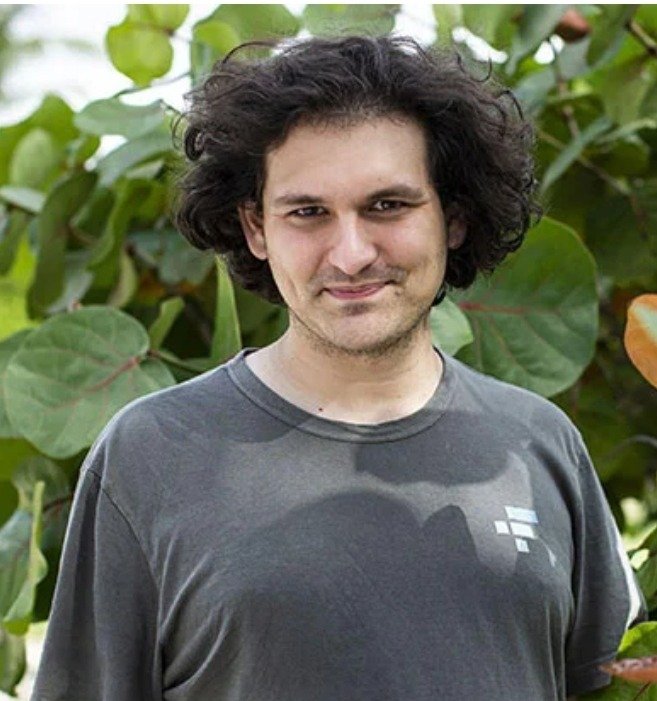- There may be a second wave in the near future.
It seems like the year of 2018 is another episode of widespread influenza. H3N2 is the virus strain that forms influenza. It began at the end of last year and reached its peak in January. Since then, the number of infected individuals has decreased significantly. However, people should remain cautious because this may be a repetition of the 2009 influenza, otherwise known as H1N1.
That’s right. Like the 2009 influenza, this year’s flu may have a second wave in the near future. In light of recent events, people should be cautious of a second virus strain, another influenza. It is as lethal as the first, if not more. It is the influenza B strain that has descended from the Yamagata lineage. This means that those who were already infected by the flu the first time around can get infected again.
The question now is, how bad will it be?
The Centers for Disease Control and Prevention (CDC) have published a Weekly U.S. Influenza Surveillance Report on the “2017-2018 Influenza Season Week 13 ending March 31, 2018”. In the report, specific numbers and data are provided on both Influenzas A and B. Nonetheless, these figures are only a representation of the data collected from the United States and Puerto Rico. That is only a piece of the whole.
As a matter of fact, figures like this are often underestimated because this data was retrieved from the records of public health and clinical laboratories. This means that those who had received their treatments from medical practices that are not in communication with those laboratories are not included in the statistics. On top of that, there are also those who have contracted the flu yet did not seek out help. Altogether, it is likely that they make up a small but significant percentage of infected individuals.
Of course, having some [statistical data] is still better than none at all. At least now we are more informed of the situation. According to the report from CDC, 7 out of 10 people who had shown symptoms of the flu turned out to have been infected by the initial strain of the virus – influenza A. As the first wave slowly came to an end in the final week of last month, a different viral strain had surfaced. On week thirteen, 6 out of 10 people with flu-like symptoms have tested positive for influenza B.
We know that the first wave reached its peak three months ago and the number of infected individuals has been in decline since. However, we need to increase our understanding on the impending wave in order to better prepare ourselves in facing the pandemic. How much time do we have left until it reaches a peak?
The most number of infected individuals that had contracted influenza B at one point was 7785. That occurred two months ago in February. In approximately six weeks, the number had shrunken down to 2028 infected individuals. While there is a significant reduction in numbers, the data is unstable and remains to be fluctuating. Experts have conveyed the uncertainty of the possibility of another wave at the moment. Meanwhile, readers should keep in mind that these numbers are still missing a whole chunk that consists of those who did not seek help from the right place.
Nevertheless, the risks of contracting influenza remains there regardless of when. There exists a countless number of viral strains and these viruses are constantly mutating. In this way, a person can go from susceptible to infected, followed by susceptible to a mutated version of the strain again.
You can never be too careful when it comes to health, especially when a pandemic strike. There are, however, measures that one could take in preparation of such circumstances. For one thing, the flu shot should act as a vaccination for all. Although it may not be a hundred percent effective against some virus, again, having some sort of protective layer is better than none at all. While it may seem counterintuitive, it is crucial to maintaining a standard of hygiene in your surroundings. This is especially true at a time like this.
Last but not least, be considerate to the others and isolate yourself if you have any flu-like symptoms! In fact, infected individuals should not travel. By traveling, you risk spreading the virus across the world, leading to a bigger group of susceptible and exposed individuals.
Featured image via flickr/ Hamza Butt
























